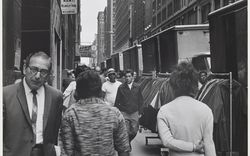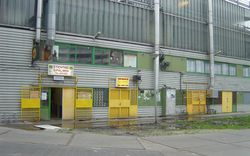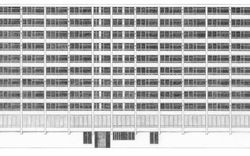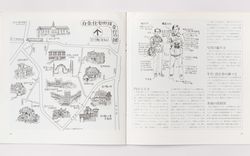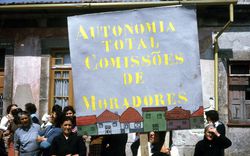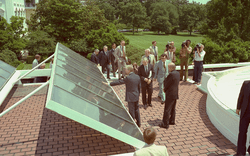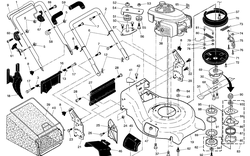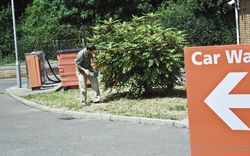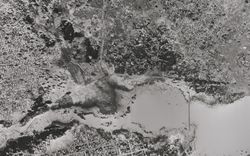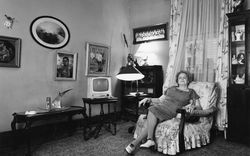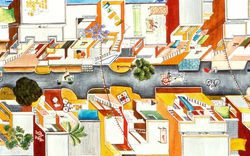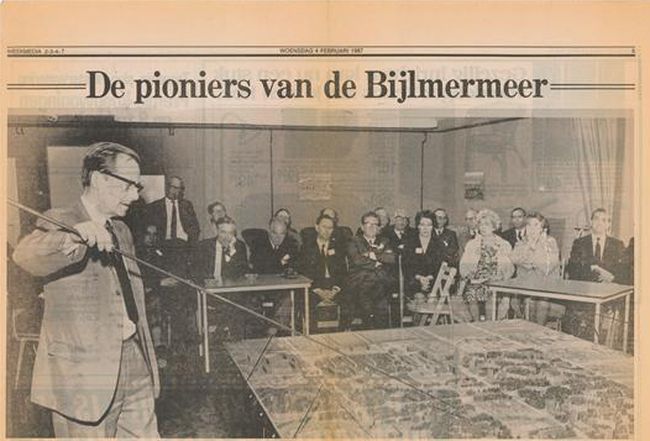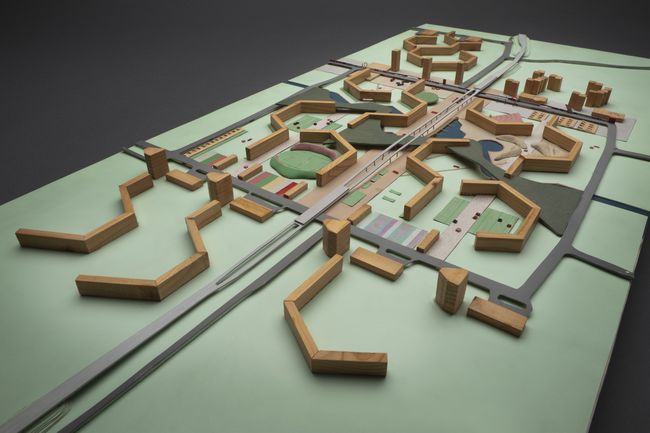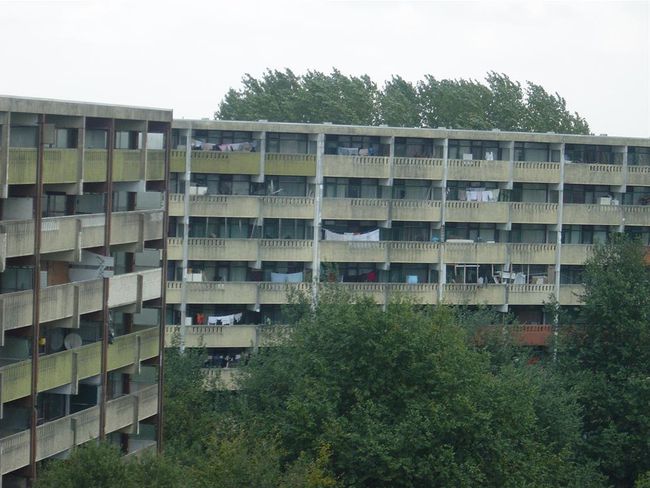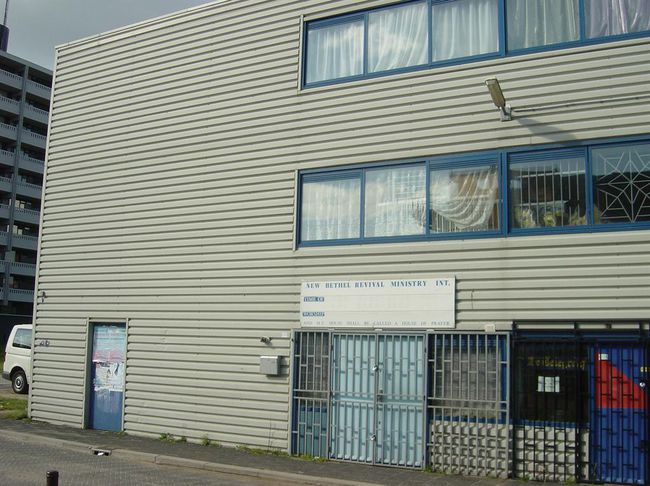Pioneers of the Bijlmermeer
The Bijlmermeer was an addition to the city of Amsterdam planned by Siegfried Nassuth and the Department of City Development in the late 1960s. It was envisioned as an application of modernist principles of light, air, traffic separation and internal circulation.
In 1975 the Dutch government offered passports to Surinamese if they immigrated to the Netherlands, and vacancies in the Bijlmermeer presented a long-term solution to the housing needs of these new arrivals. Other communities followed, each interpreting the modern buildings and collective spaces in a creative way. But in the 1980s and 1990s the Bijlmermeer suffered from isolation, lack of facilities and an increase in crime. A 1986 planning proposal by OMA addressed these problems but was never carried out.
In spite of the challenges, the work of the Bijlmermeer’s Surinamese inhabitants to self-organize built much of what the neighbourhood lacked.
A selection of material related to the Bijlmermeer was included in our 2010 exhibition and publication Journeys: How travelling fruit, ideas and buildings rearrange our environment.

